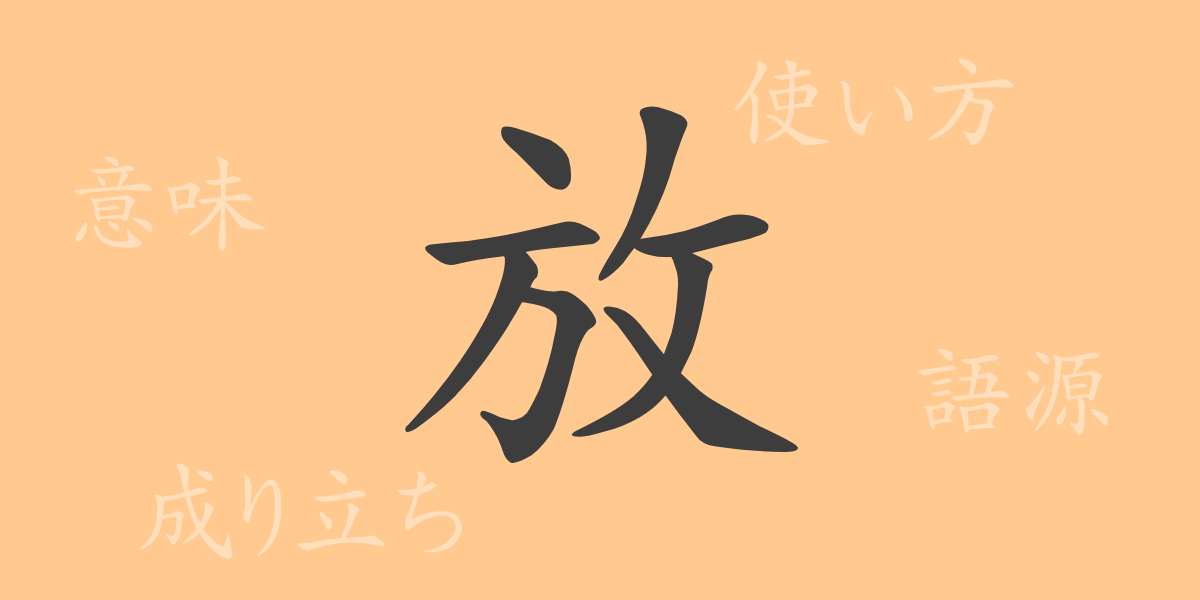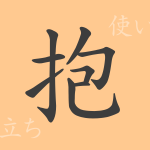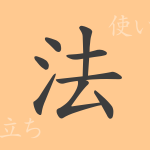Japanese is a language rich with numerous kanji characters, each with its own unique history and meaning. The expressive power of each kanji speaks volumes about the depth of Japanese culture and language. Today, let’s delve into the charm of one commonly used kanji in daily life: “放” (hō). We’ll explore its origins, meanings, and various uses.
The Origin of 放 (hō)
The kanji “放” (hō) developed from ancient Chinese pictographs. Originally, it symbolized the image of a hand being released, embodying meanings such as “to release” and “to let go.” Over time, it evolved into a character representing more abstract concepts, giving rise to various usages like “to unleash” and “to broadcast.”
Meanings and Uses of 放 (hō)
The kanji “放” (hō) encompasses meanings such as “to unleash,” “to abandon,” and “to broadcast,” conveying the ideas of freedom, release, and expansion. These meanings indicate the results or changes brought about by the act of releasing, making it applicable in diverse scenarios. For instance, “感情を放つ” (kanjō o hanatsu) means to express emotions freely, while “野生に放つ” (yasei ni hanatsu) means to return something to the wild.
Reading, Stroke Count, and Radical of 放 (hō)
Understanding the readings and components of the kanji “放” (hō) is essential.
- Readings: On’yomi (音読み) is “ホウ” (hō), Kun’yomi (訓読み) includes “はな・す” (hana-su) and “はな・つ” (hana-tsu)
- Stroke Count: 12 strokes
- Radical: 方部 (hōbu)
Idioms, Proverbs, and Phrases Using 放 (hō)
The kanji “放” (hō) appears in many idioms, proverbs, and phrases in Japanese. Here are a few examples:
- 放任主義 (hōnin shugi): A philosophy of non-intervention, allowing things to run their course freely.
- 放心状態 (hōshin jōtai): A state of being absent-minded or in a daze.
- 放蕩息子 (hōtō musuko): A prodigal son who squanders wealth and leads a dissolute life.
- 放言高論 (hōgen kōron): Making grandiose statements without basis.
- 一刀両断 (ittō ryōdan): Making a clear and decisive decision. “一刀” (ittō) refers to cutting with a single stroke, derived from the act of “releasing” (放つ, hanatsu) a blade.
Conclusion on 放 (hō)
The kanji “放” (hō) is an important character with various meanings and uses, from its formation to its contemporary applications. Its use in Japanese enriches the language’s expressiveness and makes communication more diverse. We hope this article has helped you appreciate the depth and potential of “放” (hō) as a word.

























